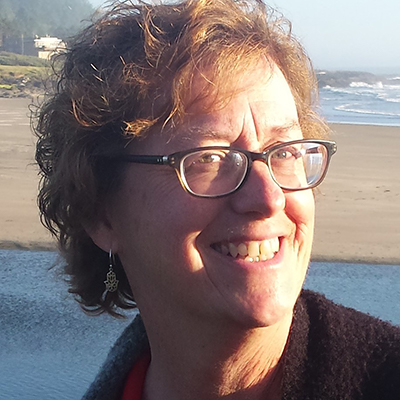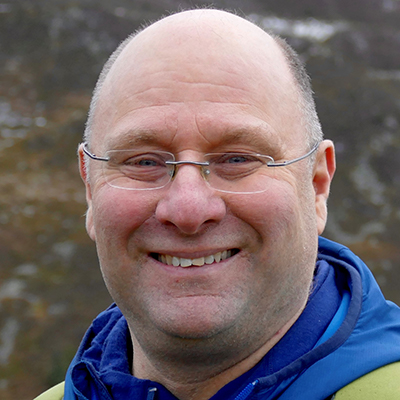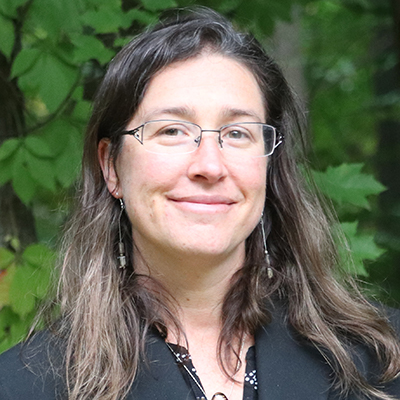Webinar recording | Tackling harmful chemicals in the healthcare sector
 6 July 2021
6 July 2021
In July HCWH Europe organised an event to enhance the health sector engagement in the process of defining the Strategic Approach to International Chemicals Management (SAICM) beyond 2020.
The healthcare sector uses many potentially harmful chemicals, often for very specific purposes such as chemotherapy treatment, specialist medical devices, or sterilisation. But harmful chemicals can be found in a wide range of healthcare products and materials used in the sector, including plastics. These products and the harmful chemicals they contain can pollute the environment and contribute to hazardous chemical exposures, particularly for healthcare employees and vulnerable groups such as children, pregnant women, and chronically ill patients.
Another health risk stems from the improper use and disposal of chemicals such as disinfectants and pharmaceuticals, which can increase the potential for the development of antimicrobial resistance, or compromise human immune defences. Ignoring these emerging issues of concern is no longer an option for the healthcare sector. Furthermore, health professionals can play a critical role in assessing and treating illnesses from hazardous chemical exposure. According to the WHO, chemicals management is a public health issue, and sound management practices can significantly reduce harmful exposure to hazardous substances. The important role of the health sector in the sound management of chemicals is also reinforced by the 2030 Agenda for Sustainable Development.
In this webinar, we presented the results of the SAICM 2.0 Project on safer disinfectants, the Global Monitoring of Pharmaceuticals Project, as well as discussed the impact of hazardous chemicals in plastic items, with the aims to:
- Support the health sector’s contribution to sound chemical management in line with the WHO Chemicals Roadmap.
- Enhance health sector engagement in the SAICM process beyond 2020, providing a platform to address emerging policy issues such as Environmentally Persistent Pharmaceutical Pollutants, Chemicals in Products, and other issues of concern in the healthcare sector.
- Align the SAICM framework beyond 2020 with the objectives and implementation of other multilateral environmental agreements such as the Basel, Rotterdam, Stockholm, and Minamata Conventions.
Speakers and presentations
[Moderator] Susan Wilburn, International Sustainability Director - HCWH Global
 Within the Global Green and Healthy Hospitals network, Susan coordinates technical areas on waste, chemicals, pharmaceuticals, and procurement. She also manages HCWH’s involvement in several projects with the UNDP and WHO related to these topics. She represents health sector civil society organisations on the Bureau of the International Conference on Chemicals Management. Prior to joining HCWH, Susan served the Department of Public Health, Environmental and Social Determinants of Health at the WHO. She is a nurse and occupational and environmental health specialist.
Within the Global Green and Healthy Hospitals network, Susan coordinates technical areas on waste, chemicals, pharmaceuticals, and procurement. She also manages HCWH’s involvement in several projects with the UNDP and WHO related to these topics. She represents health sector civil society organisations on the Bureau of the International Conference on Chemicals Management. Prior to joining HCWH, Susan served the Department of Public Health, Environmental and Social Determinants of Health at the WHO. She is a nurse and occupational and environmental health specialist.
Carolyn Vickers, Head - Chemical Safety and Health Unit, World Health Organization
![]() Health sector engagement in the sound management of chemicals
Health sector engagement in the sound management of chemicals
 Carolyn is Head of the Chemical Safety and Health Unit in the World Health Organization Department of Environment, Climate Change and Health. The Unit coordinates implementation of the WHO Chemicals Road Map, involving global networks of ministries of health, public health institutions, and other stakeholders. The Unit develops WHO norms, guidance, tools, and approaches to support countries in their work to manage chemicals. Prior to joining WHO in 2002, Carolyn held various positions in the Australian government related to the regulation of industrial chemicals, pesticides and occupational health and safety.
Carolyn is Head of the Chemical Safety and Health Unit in the World Health Organization Department of Environment, Climate Change and Health. The Unit coordinates implementation of the WHO Chemicals Road Map, involving global networks of ministries of health, public health institutions, and other stakeholders. The Unit develops WHO norms, guidance, tools, and approaches to support countries in their work to manage chemicals. Prior to joining WHO in 2002, Carolyn held various positions in the Australian government related to the regulation of industrial chemicals, pesticides and occupational health and safety.
Dr Dorota Napierska, Chemicals Policy & Projects Officer - HCWH Europe
![]() Disinfectants in healthcare: a need for safer solutions
Disinfectants in healthcare: a need for safer solutions
 Dorota holds PhD degrees in Biology (Biochemistry) and in Biomedical Sciences (Nanotoxicology). Prior to joining HCWH Europe, Dorota worked at the European Commission (DG Joint Research Center) and at the Department of Public Health of Katholieke Universiteit Leuven (Belgium). At HCWH Europe, Dorota is responsible for the organisation’s work on safer chemicals and the EU advocacy strategy on policies and regulations related to chemicals and non-toxic products.
Dorota holds PhD degrees in Biology (Biochemistry) and in Biomedical Sciences (Nanotoxicology). Prior to joining HCWH Europe, Dorota worked at the European Commission (DG Joint Research Center) and at the Department of Public Health of Katholieke Universiteit Leuven (Belgium). At HCWH Europe, Dorota is responsible for the organisation’s work on safer chemicals and the EU advocacy strategy on policies and regulations related to chemicals and non-toxic products.
Prof Alistair Boxall, Professor in Environmental Science - University of York, UK
![]() The Global Problem of Pharmaceutical Pollution
The Global Problem of Pharmaceutical Pollution
 Alistair’s research focuses on understanding emerging and future ecological and health risks posed by chemical contaminants in the natural environment. His team co-ordinates the Global Monitoring of Pharmaceuticals Project that aims to better understand the extent and drivers of the medicinal contamination of freshwater worldwide. Alistair regularly advises national and international organisations on issues relating to chemical impacts on the environment and has published extensively on the topic of emerging contaminants in the environment.
Alistair’s research focuses on understanding emerging and future ecological and health risks posed by chemical contaminants in the natural environment. His team co-ordinates the Global Monitoring of Pharmaceuticals Project that aims to better understand the extent and drivers of the medicinal contamination of freshwater worldwide. Alistair regularly advises national and international organisations on issues relating to chemical impacts on the environment and has published extensively on the topic of emerging contaminants in the environment.
Dr Laura N. Vandenberg, Associate Professor - University of Massachusetts-Amherst, USA
![]() Plastics in the Medical Setting: Avoiding Harm
Plastics in the Medical Setting: Avoiding Harm
 Laura obtained her B.S. from Cornell University in 2003, and her PhD from Tufts University School of Medicine in 2007. She has been a member of the faculty at the UMass School of Public Health and Health Sciences since 2013. Laura’s research explores how early life exposures to chemicals and chemical mixtures can predispose individuals to diseases that manifest later in life, and addresses the impact of low doses of chemicals during critical windows of development. She is specifically interested in endocrine disruptors and co-authored the 2020 IPEN and Endocrine Society's report Plastics, EDCs & Health.
Laura obtained her B.S. from Cornell University in 2003, and her PhD from Tufts University School of Medicine in 2007. She has been a member of the faculty at the UMass School of Public Health and Health Sciences since 2013. Laura’s research explores how early life exposures to chemicals and chemical mixtures can predispose individuals to diseases that manifest later in life, and addresses the impact of low doses of chemicals during critical windows of development. She is specifically interested in endocrine disruptors and co-authored the 2020 IPEN and Endocrine Society's report Plastics, EDCs & Health.
